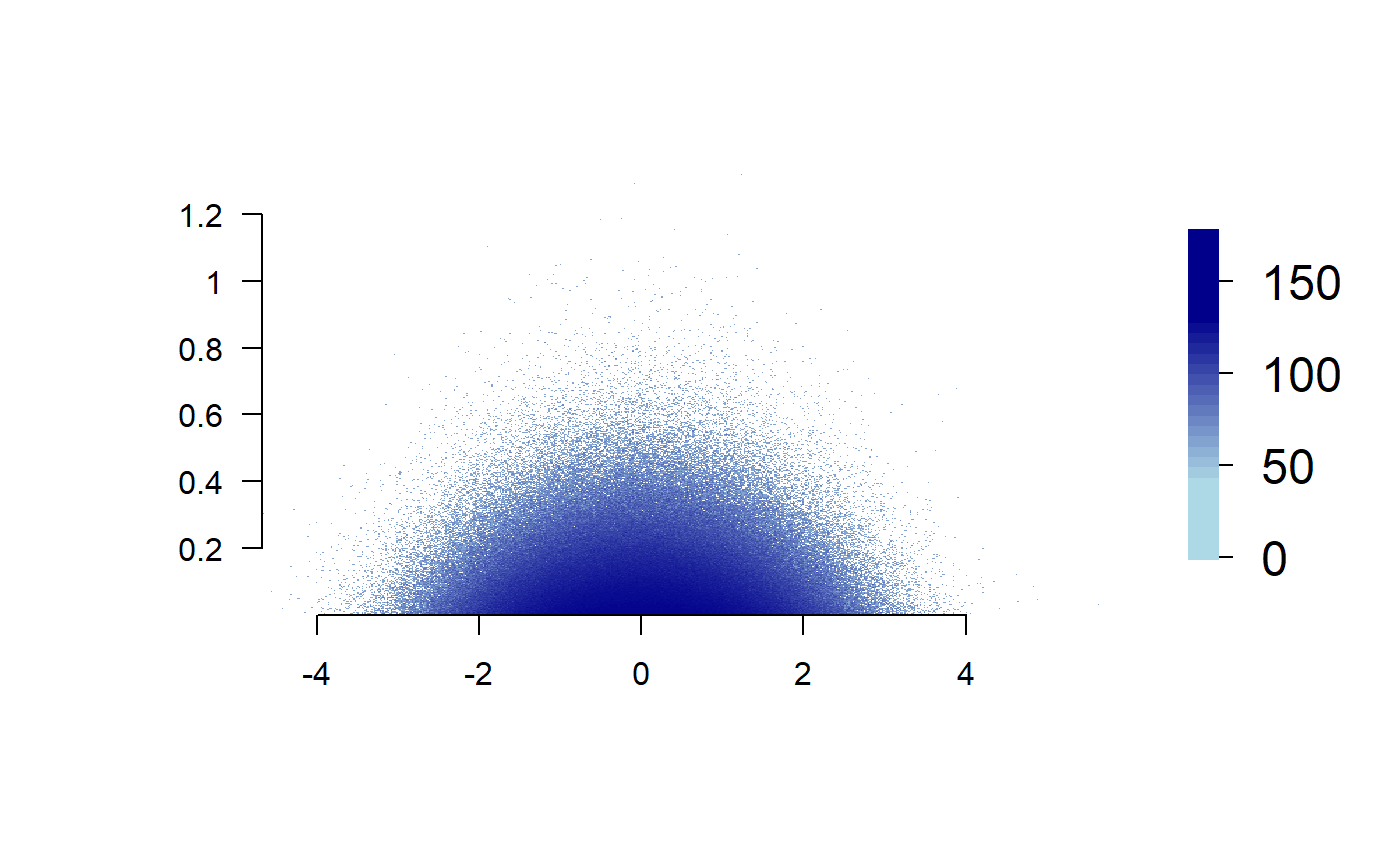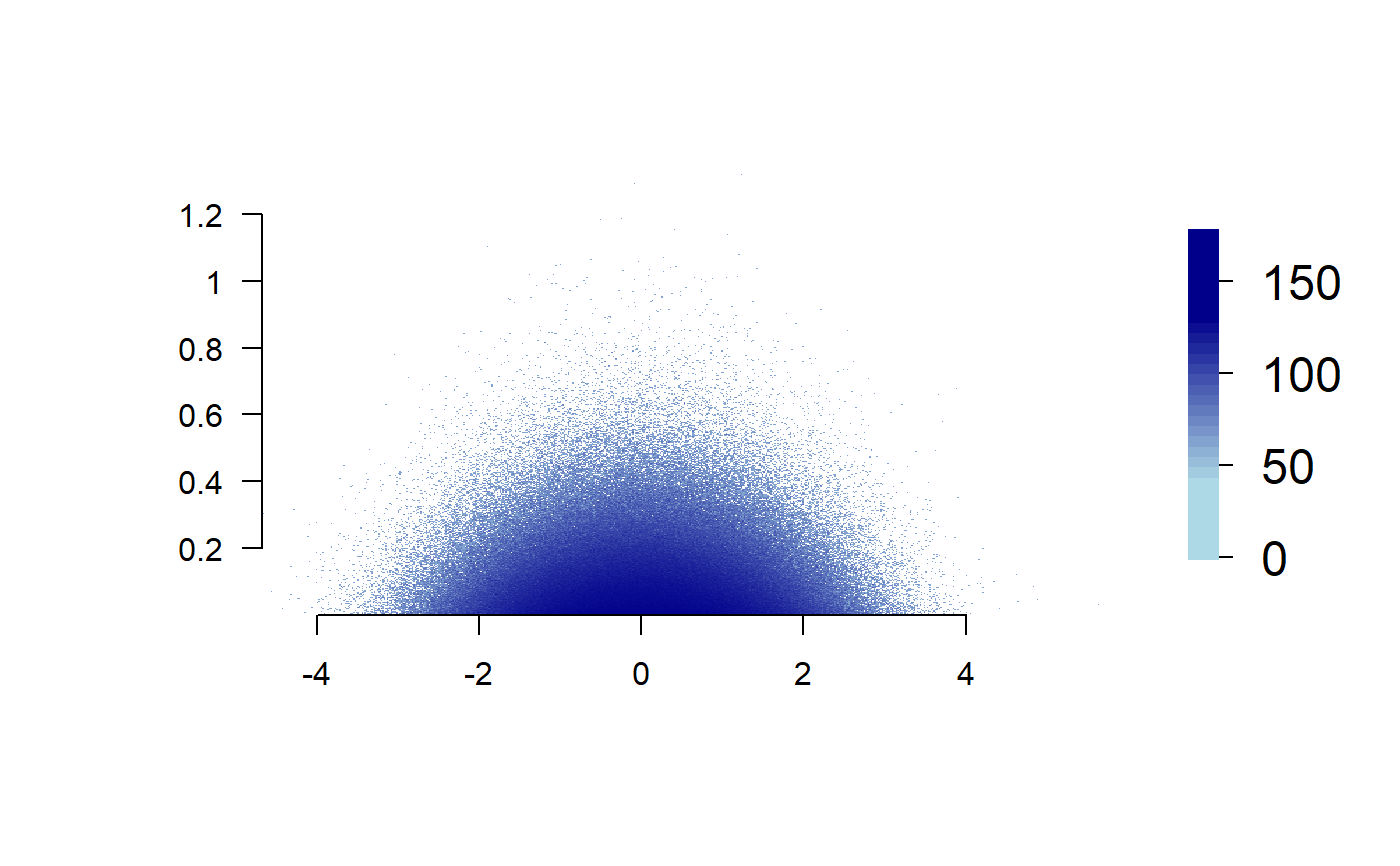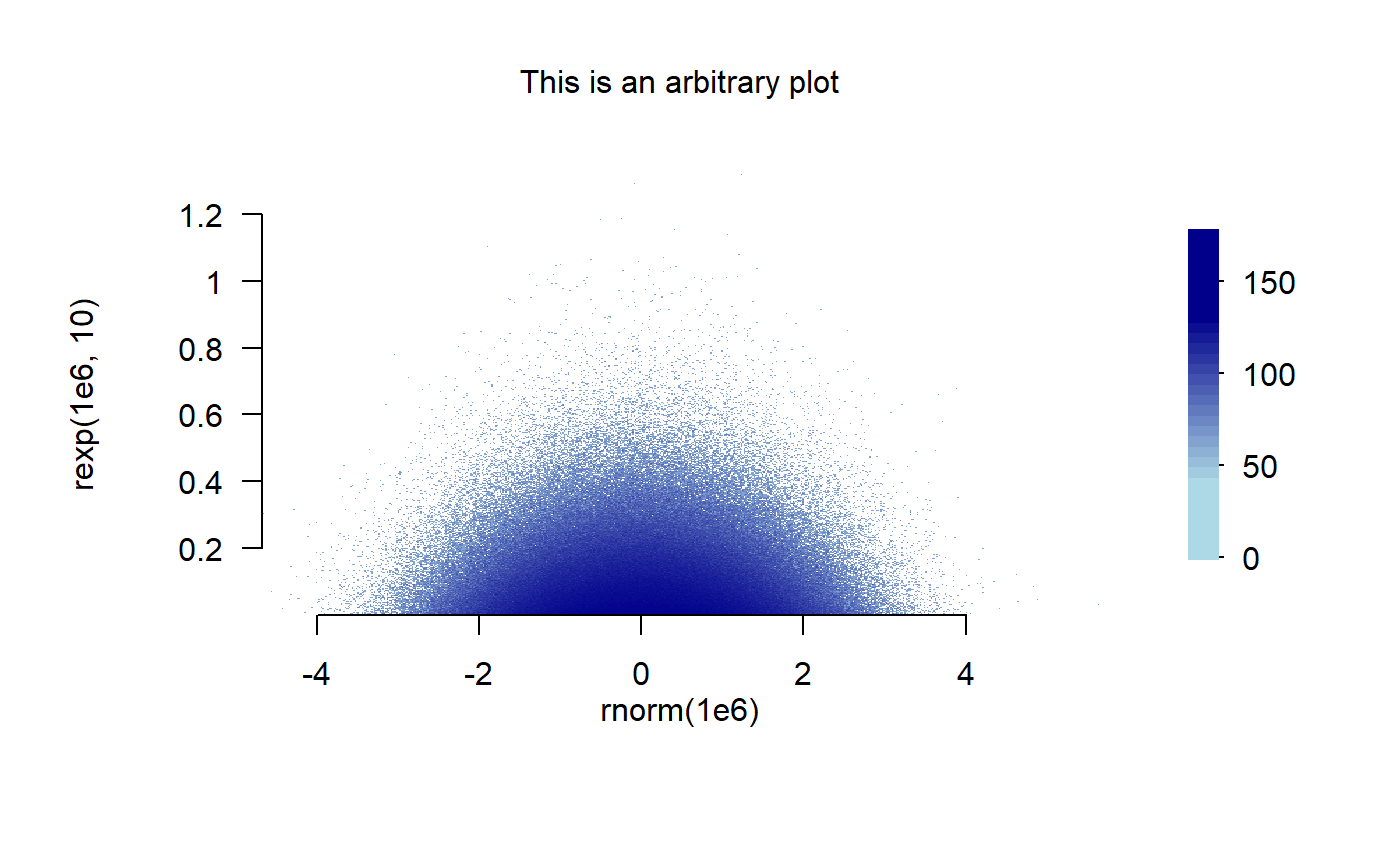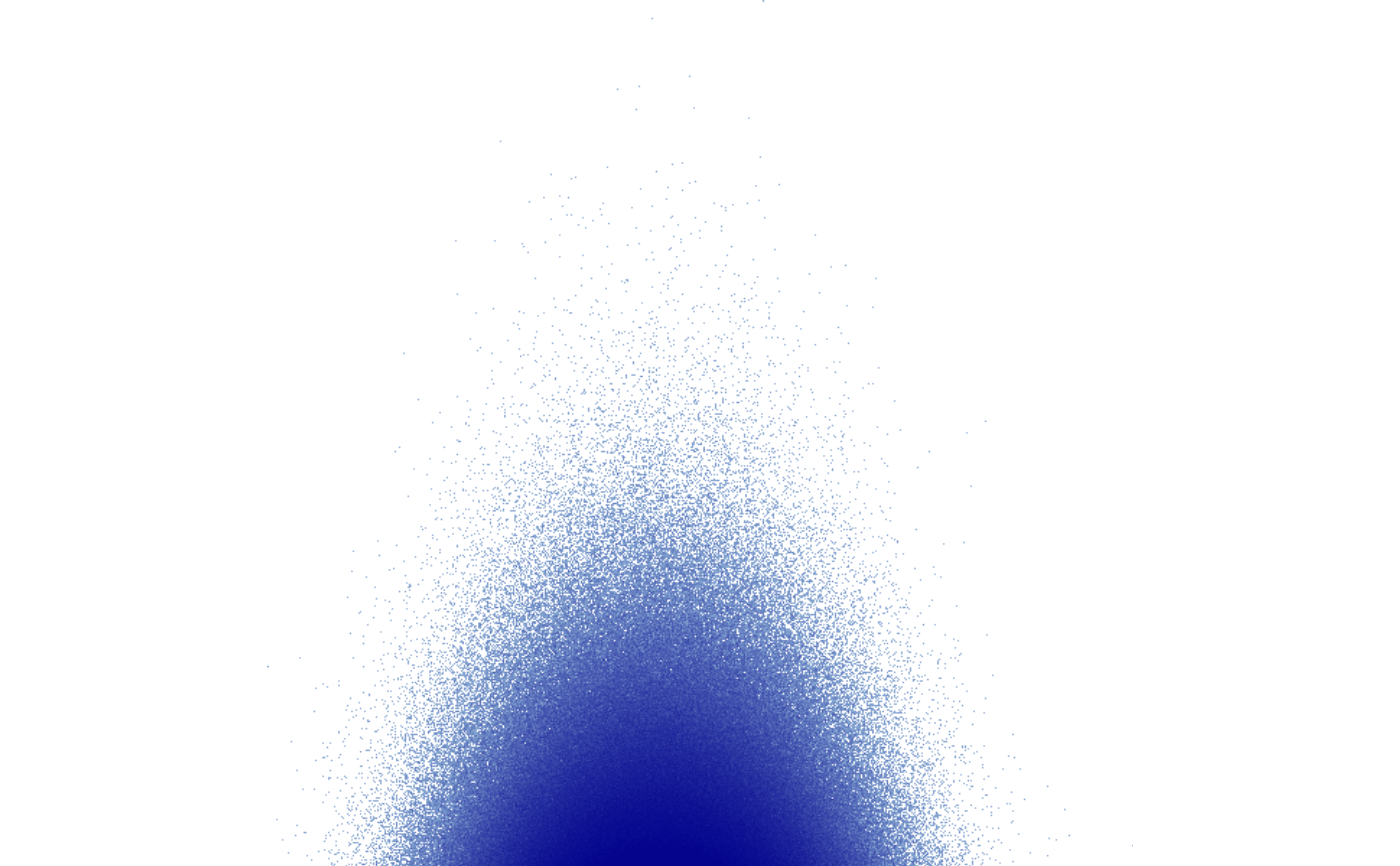Annotate and customize rasterly figures
static.RdCreate a static plot based on rasterly object.
This function allows users to add axes, legends and other descriptive details when generating `rasterly` objects.
rasterlyGrob( rasterlyObj, xlim = NULL, ylim = NULL, xlab = NULL, ylab = NULL, main = NULL, sub = NULL, interpolate = FALSE, axes = TRUE, legend = TRUE, legend_label = NULL, legend_layer = 1, legend_main = NULL, axes_gpar = grid::gpar(col = "black", cex = 1), label_gpar = grid::gpar(col = "black", cex = 1), main_gpar = grid::gpar(col = "black", cex = 1.5), legend_gpar = grid::gpar(col = "black", cex = 1.5), name = NULL, gp = NULL, vp = NULL ) grid.rasterly( rasterlyObj, interpolate = FALSE, axes = TRUE, xlim = NULL, ylim = NULL, xlab = NULL, ylab = NULL, main = NULL, sub = NULL, legend = TRUE, legend_label = NULL, legend_layer = 1, legend_main = NULL, axes_gpar = grid::gpar(col = "black", cex = 1), label_gpar = grid::gpar(col = "black", cex = 1), main_gpar = grid::gpar(col = "black", cex = 1.5), legend_gpar = grid::gpar(col = "black", cex = 1.5), name = NULL, gp = NULL, vp = NULL, ... ) # S3 method for rasterly plot( x, y = NULL, xlim = NULL, ylim = NULL, xlab = NULL, ylab = NULL, main = NULL, legend_main = NULL, sub = NULL, interpolate = FALSE, axes = TRUE, legend = TRUE, legend_label = NULL, legend_layer = 1, new.page = TRUE, ... ) # S3 method for rasterly print(x, ...)
Arguments
| rasterlyObj | A |
|---|---|
| xlim | Numeric; the x limits (x1, x2) of the plot. Default is |
| ylim | Numeric; the y limits (y1, y2) of the plot. Default is |
| xlab | Character; the label to be used for the |
| ylab | Character; the label to be used for the |
| main | Character; the title to be used for the plot. Default is |
| sub | sub Character; a subtitle for the plot. Default is |
| interpolate | Logical. Linearly interpolates the image if |
| axes | Logical; should axes be drawn? Default is |
| legend | Logical. Show a figure legend? Default is |
| legend_label | Character. The label to apply to the figure legend. Default is |
| legend_layer | Numeric. Specify the layer level within the |
| legend_main | Character. The main title to use within the figure legend. The default is |
| axes_gpar | Object of class |
| label_gpar | Object of class |
| main_gpar | Object of class |
| legend_gpar | Object of class |
| name | Character. An identifier used to locate the |
| gp | A |
| vp | Object of class |
| ... | Other arguments to modify the display. |
| x | A |
| y | NULL, will be ignored. |
| new.page | display on a new page or not. |
Details
We provide three functions to produce static graphics, which is based on the API of grid, plot and print.
grid: TherasterlyGrobandgrid.rasterlyare the most flexible data structure. These functions produce a **grob** object. Users can modify the existing display by the functions provided bygrid.plot.rasterly: The usage of this S3 method is very similar to the classicplotfunction. Users can set axis limits viaxlimandylim, as well as the corresponding labels usingxlabandylab, among other attributes.print.rasterly: This S3 method returns only a basic image raster.
See also
Examples
if(requireNamespace("grid")) { data <- data.frame(x = rnorm(1e6), y = rexp(1e6, 10)) # a rasterly object rasterlyObj <- data %>% rasterly(mapping = aes(x = x, y = y)) %>% rasterly_points() # Generate a grob rg <- rasterlyGrob(rasterlyObj) ## get the raster grob by `grid::getGrob()` grid::getGrob(rg, "raster") grid::grid.newpage() grid::grid.draw(rg) # or grid::grid.newpage() grid.rasterly(rasterlyObj) # or `plot` plot(rasterlyObj, xlab = "rnorm(1e6)", ylab = "rexp(1e6, 10)", main = "This is an arbitrary plot") # or simply print rasterlyObj ## it is equivalent to `print(rasterlyObj)` }



